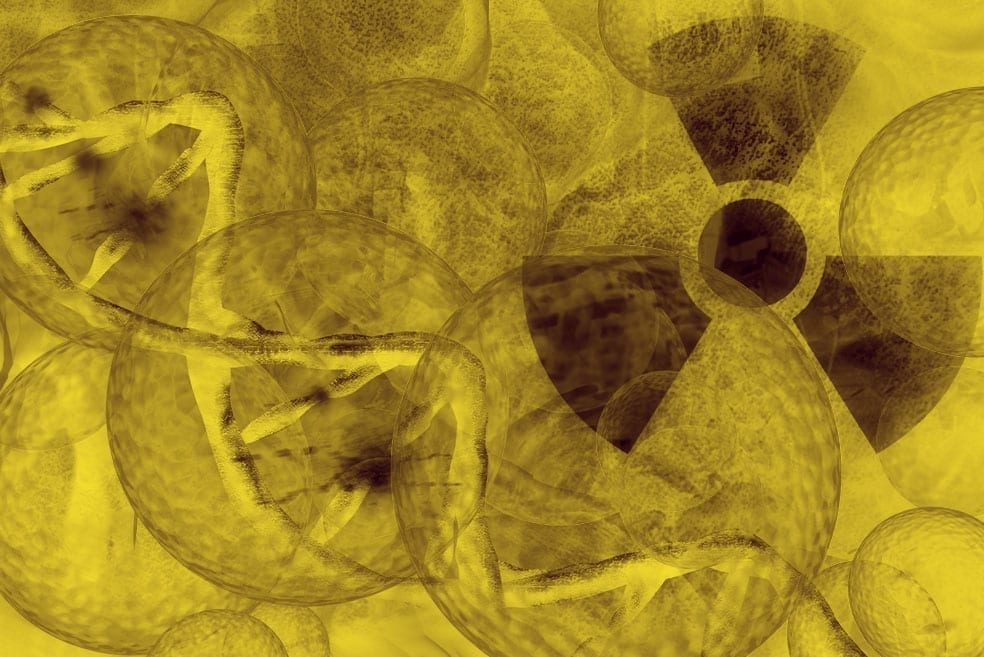NIAID’s Radiation Nuclear Countermeasures Program (RNCP) seeks support to assess current methodology and variations in radiation dosing in in vivo and in vitro studies performed as part of the development of medical countermeasures to address radiation injuries.
Through a new request for proposals, RNCP-Wide Dosimetry Guidance and Monitoring of Sources and Irradiation Protocols (Clinical Trials Not Allowed), NIAID is soliciting an offeror to assess the current state of radiation dosimetry within RNCP; ultimately, RNCP will use the results to develop a consistent means of comparison and reproducibility across institutes.
Under this effort, the contractor will:
- Establish an inventory of detailed information on the irradiators used by institutions within the RNCP-funded portfolio.
- Conduct an initial evaluation on the status of dosimetry methods and accuracy of radiation exposures delivered at institutions across the RNCP-funded portfolio.
- Conduct baseline evaluations of each RNCP-selected irradiator using the contractor’s existing phantom or dosimetry methodology and determine institution variations.
- Work remotely with staff at RNCP-funded institutions to determine if any modifications are needed to improve the accuracy of radiation exposures.
- Conduct on-site evaluations whenever consistent dose uniformity cannot be achieved remotely.
- Draft a standard operating procedure specific to each participating institution to provide clear steps and guidelines on reproducing accurate and consistent radiation exposures.
This contract will not support drug development activities to identify medical countermeasures or developing pilot biomarkers, biodosimetry devices, or performance of animal efficacy studies.
Consider submitting an offer if you can provide services, facilities, expertise, and capabilities needed to develop a centralized dosimetry harmonization effort. Ideally, you will have preliminary data demonstrating consistent and accurate dosimetry exposures within a clearly defined radiation exposure system that is used for nonclinical radiation animal (and in vitro) studies in more than one animal species (e.g., mouse and nonhuman primate).
NIAID will award one cost-reimbursement type contract for one base year with as many as four additional one-year options.
The deadline for this opportunity is July 19, 2019, at 3 p.m. Eastern time. Contact Emily Bannister if you have any questions.
Background
The effects of radiation on the body may appear within minutes or develop many years after exposure. Radiation injury is directly proportional to the dose absorbed by the body and radiosensitive tissues. Depending on the dose of whole-body or partial-body exposure to external radiation, the effects can range from an increased risk of cancer and tissue fibrosis years after exposure to more acute effects, including transient nausea and vomiting; hematopoietic and gastrointestinal injury, leading to immunosuppression and infection; metabolic abnormalities; hemorrhage and anemia; damage to the cardiovascular, pulmonary, and central nervous systems; and death.
The United States Government has recognized the need for improved medical countermeasures against such threats. The Department of Health and Human Services (HHS) charged the National Institute of Allergy and Infectious Diseases (NIAID), Division of Allergy, Immunology and Transplantation (DAIT) within the National Institutes of Health (NIH) with building and managing a program to develop products for the mitigation or treatment of radiation exposures resulting from nuclear and radiological attacks.
In 2012, the NIH published an update to its 2005 Strategic Plan and Research Agenda for Medical Countermeasures against Radiological and Nuclear Threats.
The original Strategic Plan and the update describes a multifaceted program promoting the development of medical countermeasures against radiological and nuclear threats. Since 2005, NIAID has sponsored early-stage research and product development programs and additional targeted initiatives focused on hematopoietic, gastrointestinal, pulmonary, cutaneous and combined injury and radionuclide decorporation.
The coordination between the NIH and other component agencies of HHS to support the research and development of medical countermeasures is outlined in the HHS Public Health Emergency Medical Countermeasures Enterprise (PHEMCE) Strategy and Implementation Plan.



